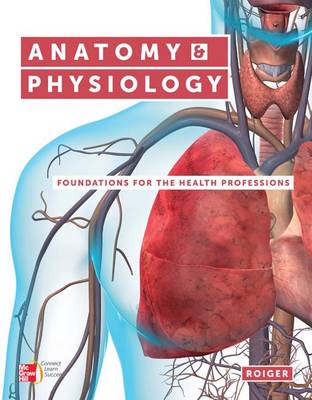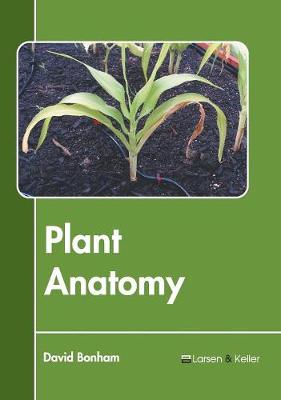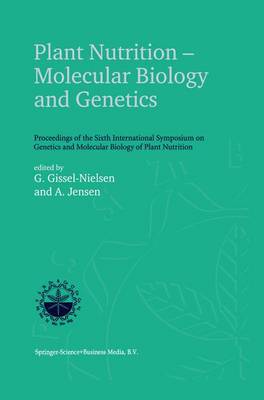Nervous System Regeneration in the Invertebrates (Zoophysiology, v. 34)
by Stacia B. Moffett
Invertebrate animals represent a diversity of solutions to life's challenges. Success in a wide range of environments has been achieved by an almost bewildering range of invertebrate body forms. These body forms are reflected in the wonderful diversity of their nervous systems. Despite this apparent diversity, studies of the development of invertebrates and vertebrates are yielding common themes at the molecular level. Likewise, the phenome- non of neural regeneration is based upon properties in...
Fifty-five burials with their accompanying artifacts were uncovered during the excavation of the Dover Mound, located in Mason County, Kentucky, yielding new data on the cultural group known as the Adena which is reported in detail by the authors.
The Everyday Physics of Hearing and Vision (Second Edition)
by Benjamin De Mayo
Nitric Oxide in Plants: Metabolism and Role in Stress Physiology
This book covers the key features of nitric oxide (NO) in plants. Comprising nine chapters, Part I highlights its metabolism and identification in plants. Part II, which consists of eight chapters, focuses on the chemical, physical and biochemical properties of the NO molecule and its derivatives; on its functional role and mode of action; and on its signaling and interaction with phytohormones, mineral nutrients, biomolecules, ions and ion channels in plants under abiotic stresses. Combining th...
Genomics of Tree Crops
Trees that are indispensably supportive to human life pose a formidable challenge to breed them to suit to human needs. From soft drinks to breweries to beverages to oil to tires, the value added products from trees give a spectrum of products to human kind. While attempts to tap these resources through conventional breeding are underway, the quick and elegant way of manipulating the genetic systems at the genome level is an essential chapter of modern science. Books featuring genomics of tree...
Dynamic Models and Control of Biological Systems
by Vadrevu Sree Hari Rao and Ponnada Raja Sekhara Rao
Mathematical Biology has grown at an astonishing rate and has established itself as a distinct discipline. Mathematical modeling is now being applied in every major discipline in the biological sciences. Though the field has become increasingly large and specialized, this book remains important as a text that introduces some of the exciting problems which arise in the biological sciences and gives some indication of the wide spectrum of questions that modeling can address.
Connect Apr & Phils Access Card for Anatomy & Physiology: An Integrative Approach
by Michael McKinley, Valerie O'Loughlin, and Theresa Bidle
Morphogenesis in Plant Tissue Cultures
! Morphogenesis, or developmental morphology, is a dynamic process! and a fascinating field of investigation. Since the beginning of this century plant morphologists (Eames, 1961), anatomists (Eames and Macdaniels, 1947) and embryologists (Maheshwari, 1950) have studied the processes of development and differentiation by observing whole plants and their histological preparations and have generated a wealth of information on the structural changes associated with various developmental stages in t...
Tissue Culture in Science and Society: The Public Life of a Biological Technique in Twentieth Century Britain
by Dr Duncan Wilson
Connect Plus Access Card for Anatomy and Physiology
by Kenneth S Saladin
Acid-Base Balance and Nitrogen Excretion in Invertebrates
This textbook provides a comprehensive overview on the diverse strategies invertebrate animals have developed for nitrogen excretion and maintenance of acid-base balance and summarizes the most recent findings in the field, obtained by state-of-the-art methodology. A broad range of terrestrial, freshwater and marine invertebrate groups are covered, including crustaceans, cephalopods, insects and worms. In addition the impact of current and future changes in ocean acidification on marine inverte...
Dietary Restriction (Nutrition/Diet S.)
Caspases
Caspases are proteases that are responsible for the initiation and execution of cell death pathways in developmental, inflammatory and pharmacological paradigms. Caspase activity is required for the execution of apoptotic cell death through the proteolytic cleavage of approximately one thousand substrates that result in the apoptotic phenotype. This book provides new research and discusses the roles and significance caspases have in cell death and disease.
Plant Nutrition — Molecular Biology and Genetics
The sixth International Symposium on Genetics and Molecular Biology of Plant Nutriti9n was held in Elsinore, Denmark from August 17-21, 1998 and organised by th RiS0 National Laboratory in the year of its 40 anniversary. The 98 participants represented 23 countries and 80 scientific contributions with 43 oral and 37 poster presentations. The symposium addressed the molecular mechanisms, physiology and genetic regulation of plant nutrition. The Symposium brought together scientists from a range o...
















